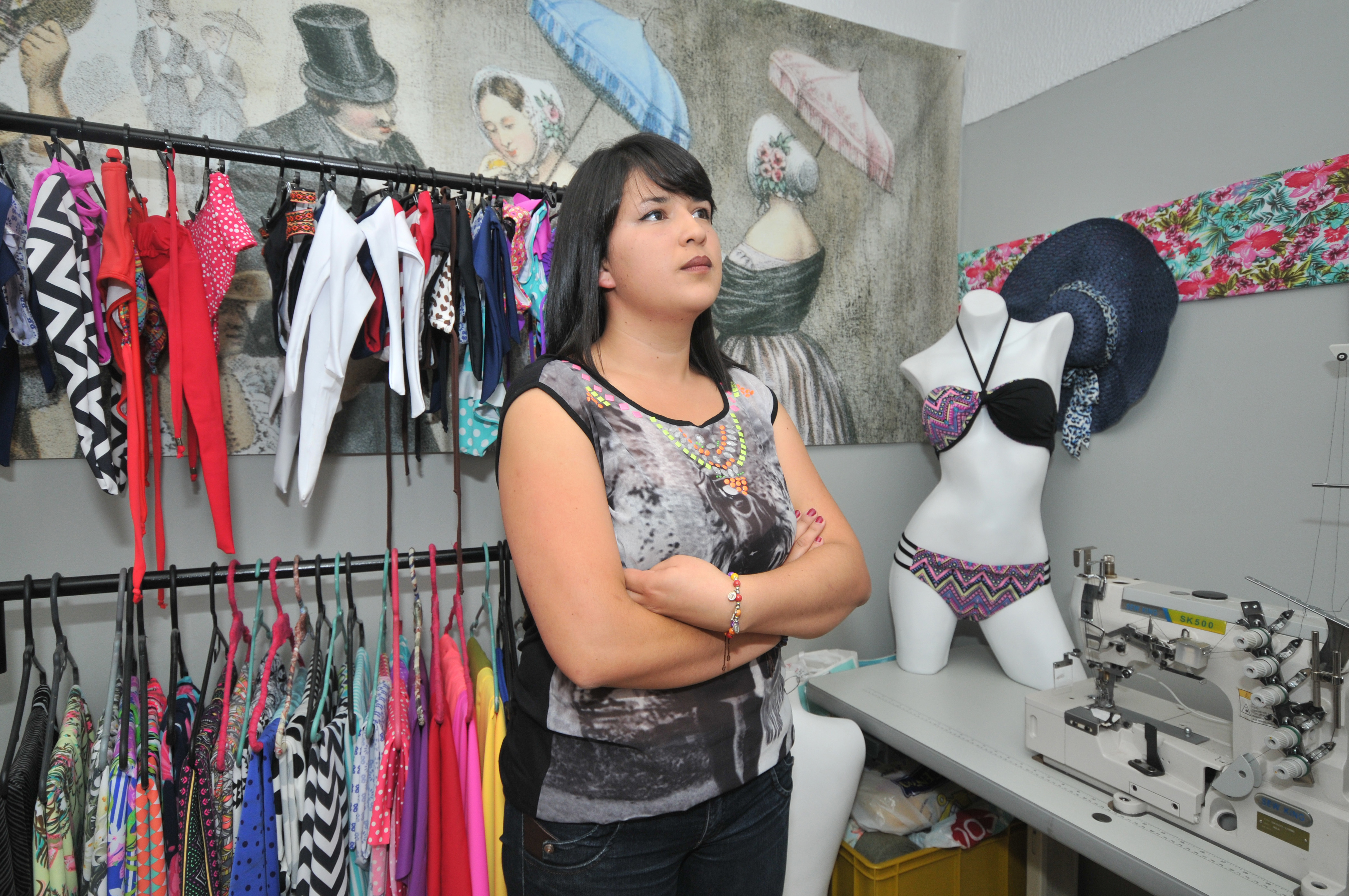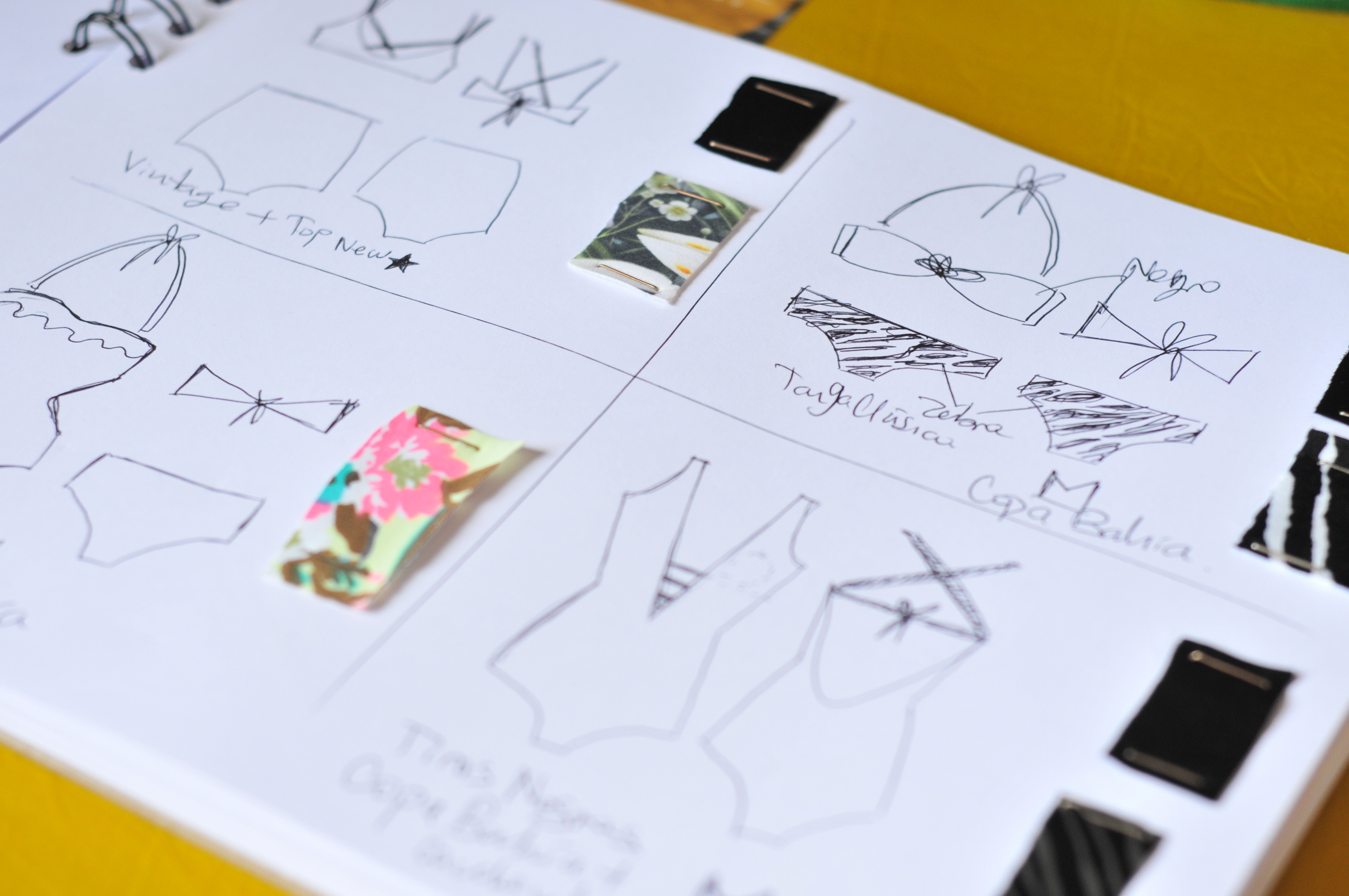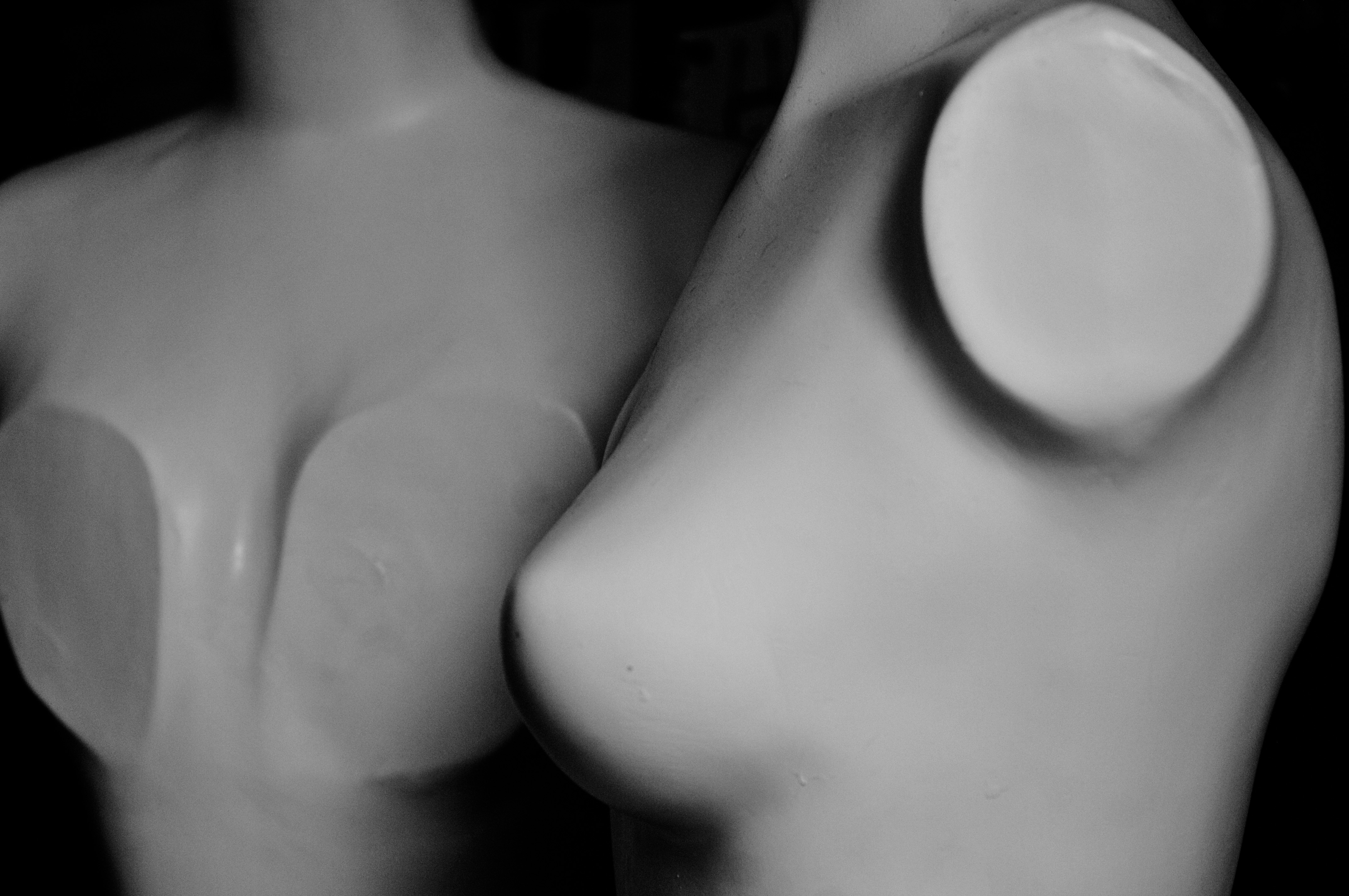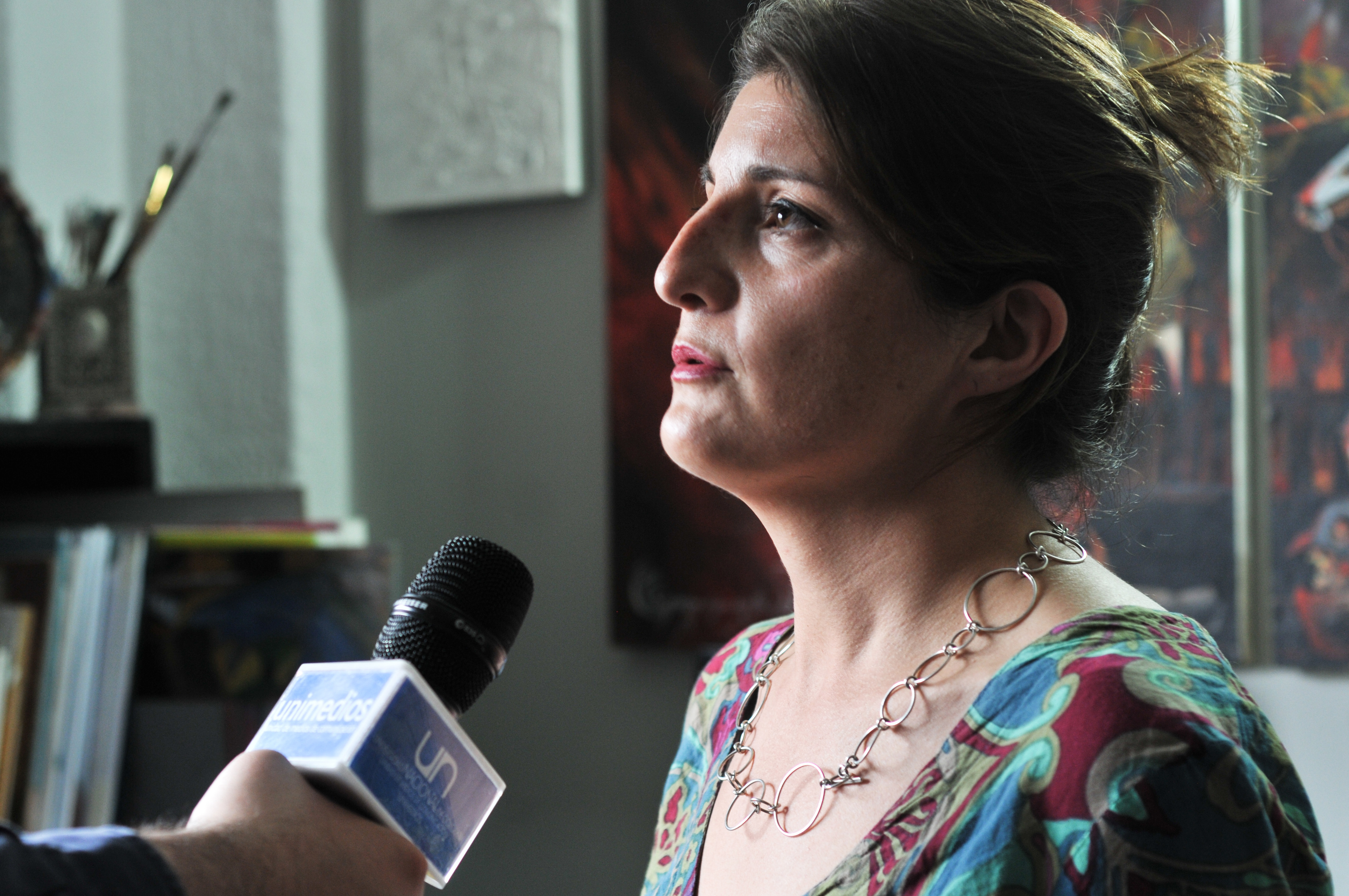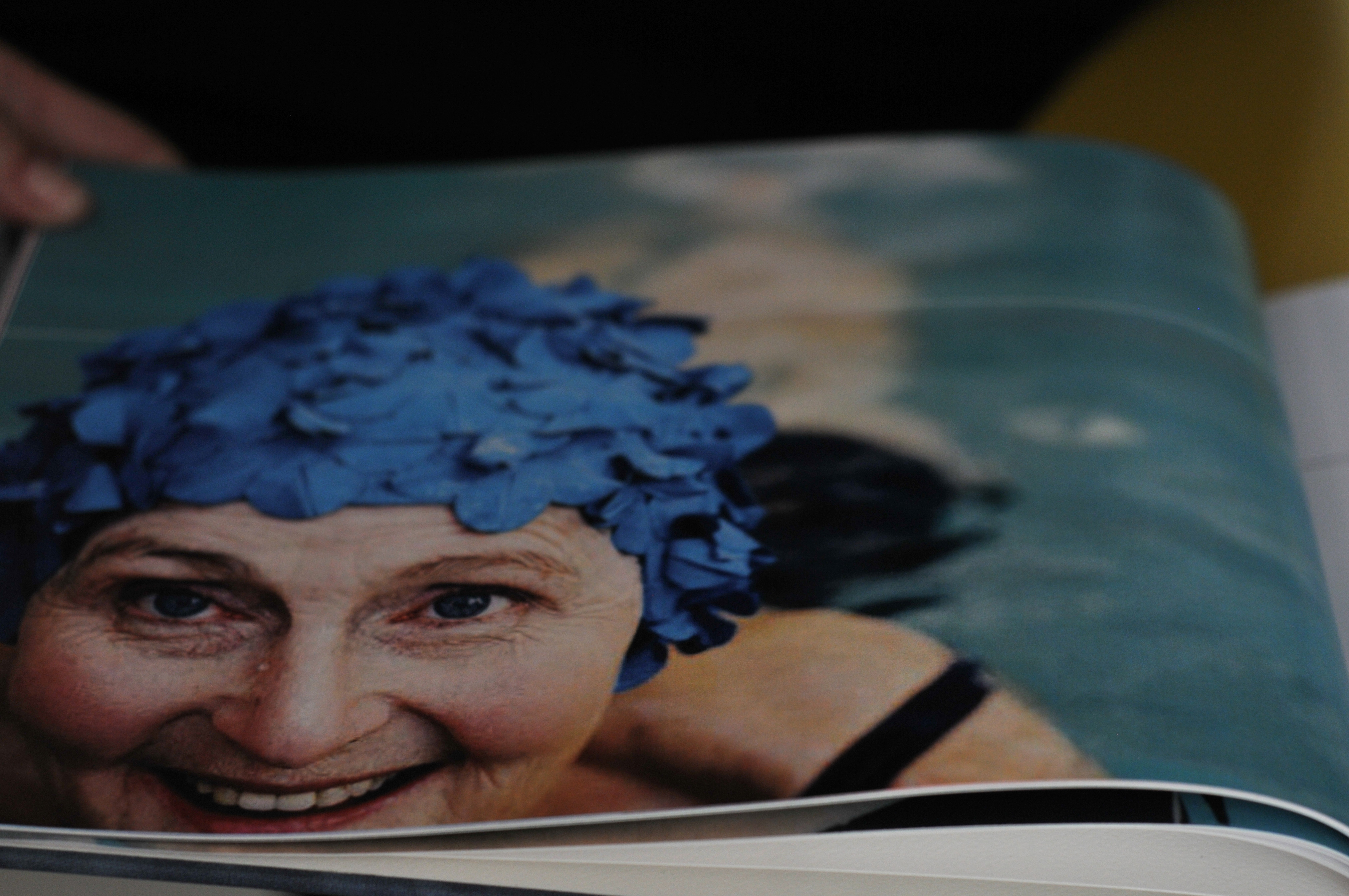This was the reflection made by UNal Industrial Designer and entrepreneur Ivonne Petecua Aguirre, whom decided to focus her graduate work on creating swimwear for women who underwent breast surgery to save their lives.
Petecua"s proposal came from a request of her mother-in-law who had undergone a mastectomy years before and wanted to swim with her family. But this was just the beginning, as this close relationship led her to meet other women with similar issues.
Breast cancer is a disease with great impact in the world. In Colombia 5,600 new cases are diagnosed a year of which 10% opt for a mastectomy, which is the process of surgically extracting one or both breasts, according to the Universia web portal.
According to National Cancer Institute (INC, for its Spanish acronym) experts the procedure can reduce up to 90% the risk of greater tumors and are non-threating for the patient. Petecua met with women at the Ámese Foundation, the INC and the Clínica del Country.
In order to create a swimsuit suitable for them she had to interact with breast cancer surgery patients and delve more into their family life and their perspectives of life after cancer. Although there are young women in this situation, the research project focused more on women over 45 years of age.
The information was useful for determining the design and form of the bathing suits and with a "one on one" consultation, as one patient described it. This became part of the researcher"s routine and assessment, explained UNal Industrial Design School Professor and Thesis Director, Rosario Guerrero Castellanos.
"We carried out a survey with them and discovered that what they wanted was to see themselves as before in a swimsuit; this made the project worthwhile and tried to identify a manner to create a balance and make the operation less notorious," said Petecua.
The women surveyed also revealed some of their tricks such as cushions, grains, birdseed, styrofoam balls which all had disadvantages such as unbalanced or floating breasts or even use of dangerous materials.
This is why we included their experience and suggestions and decided to opt for a functional design suitable to the features of their bodies and natural drop of their breasts and use of practical materials.
After analyzing different materials and reviewing which were appropriate for the process, they decided on using neoprene, very common for bra cups, filled with plastic pellets which provide a weight similar to a breast. Furthermore there are parts sewed on the armpits and bra.
They carried out swimsuit tests with ten women that were undergoing hydrotherapy in a swimming pool. The general reaction was very positive although the goal is to always improve the product. The process does not end here. This is a project which has to progress due to the benefits it provides women in this situation. Furthermore it shows that the task of a designer is to understand consumer needs and contribute to solve them," said Guerrero.
 Correo Electrónico
Correo Electrónico
 DNINFOA - SIA
DNINFOA - SIA
 Bibliotecas
Bibliotecas
 Convocatorias
Convocatorias
 Identidad UNAL
Identidad UNAL





